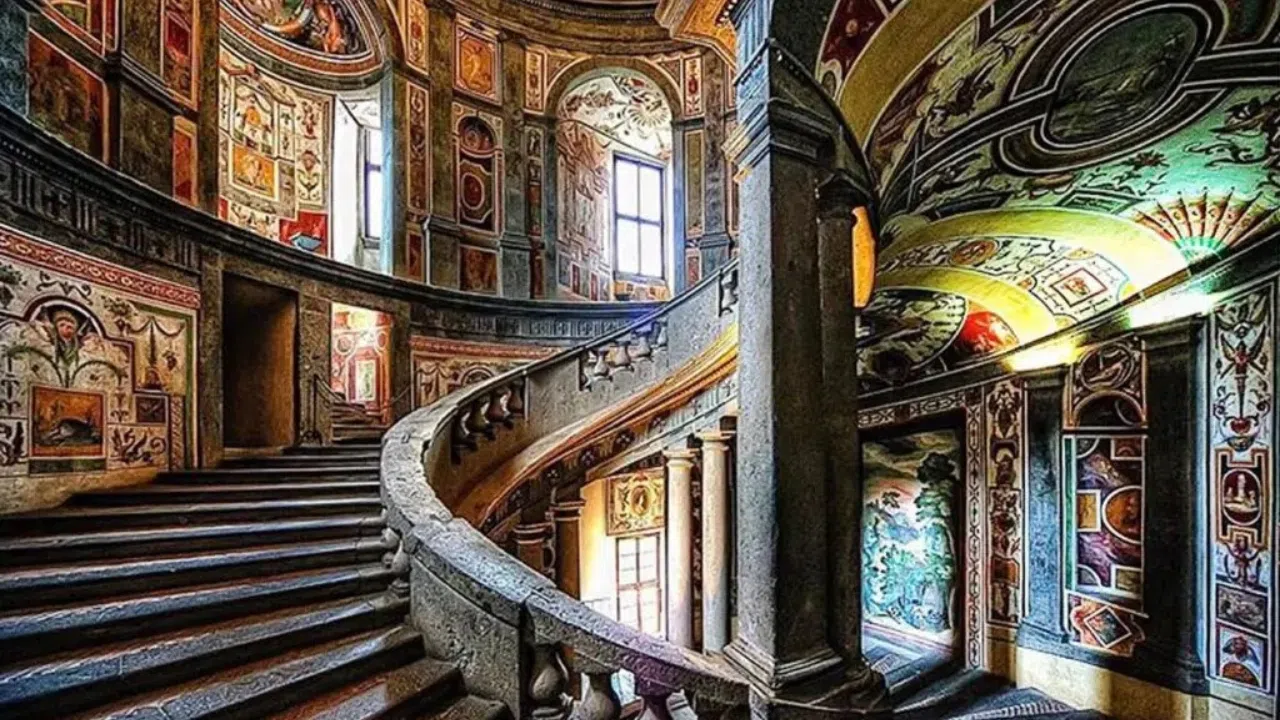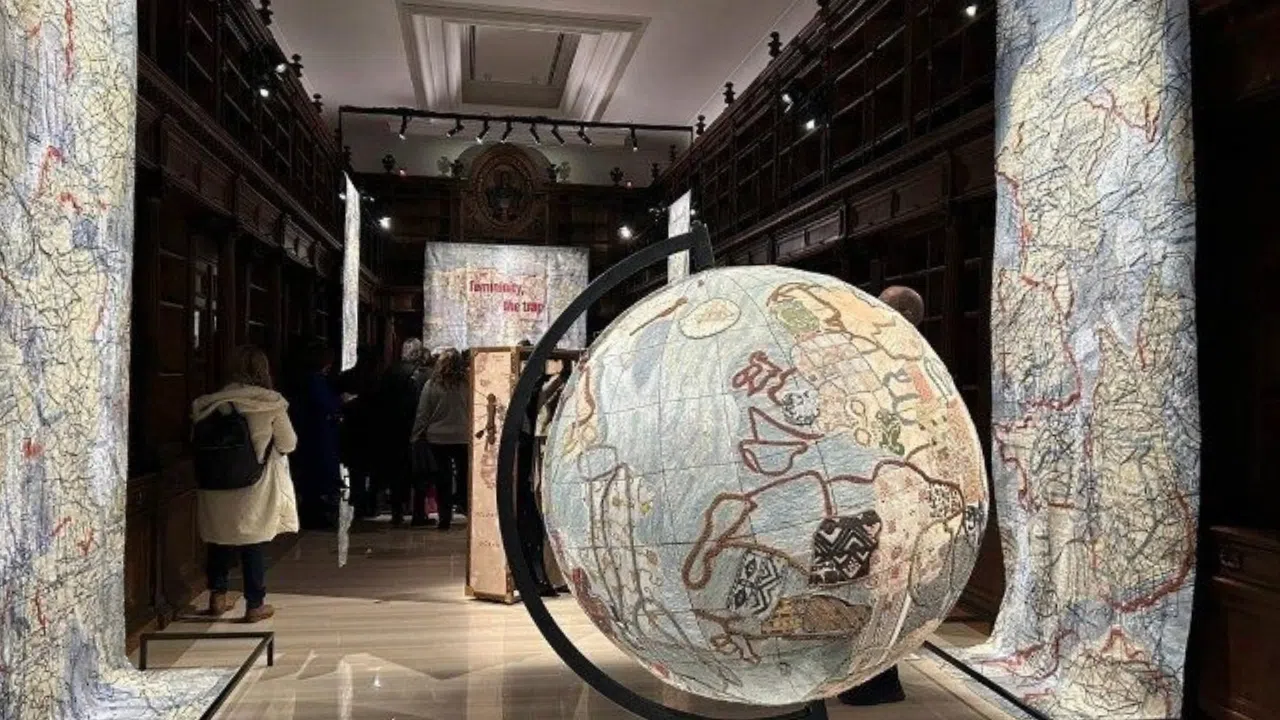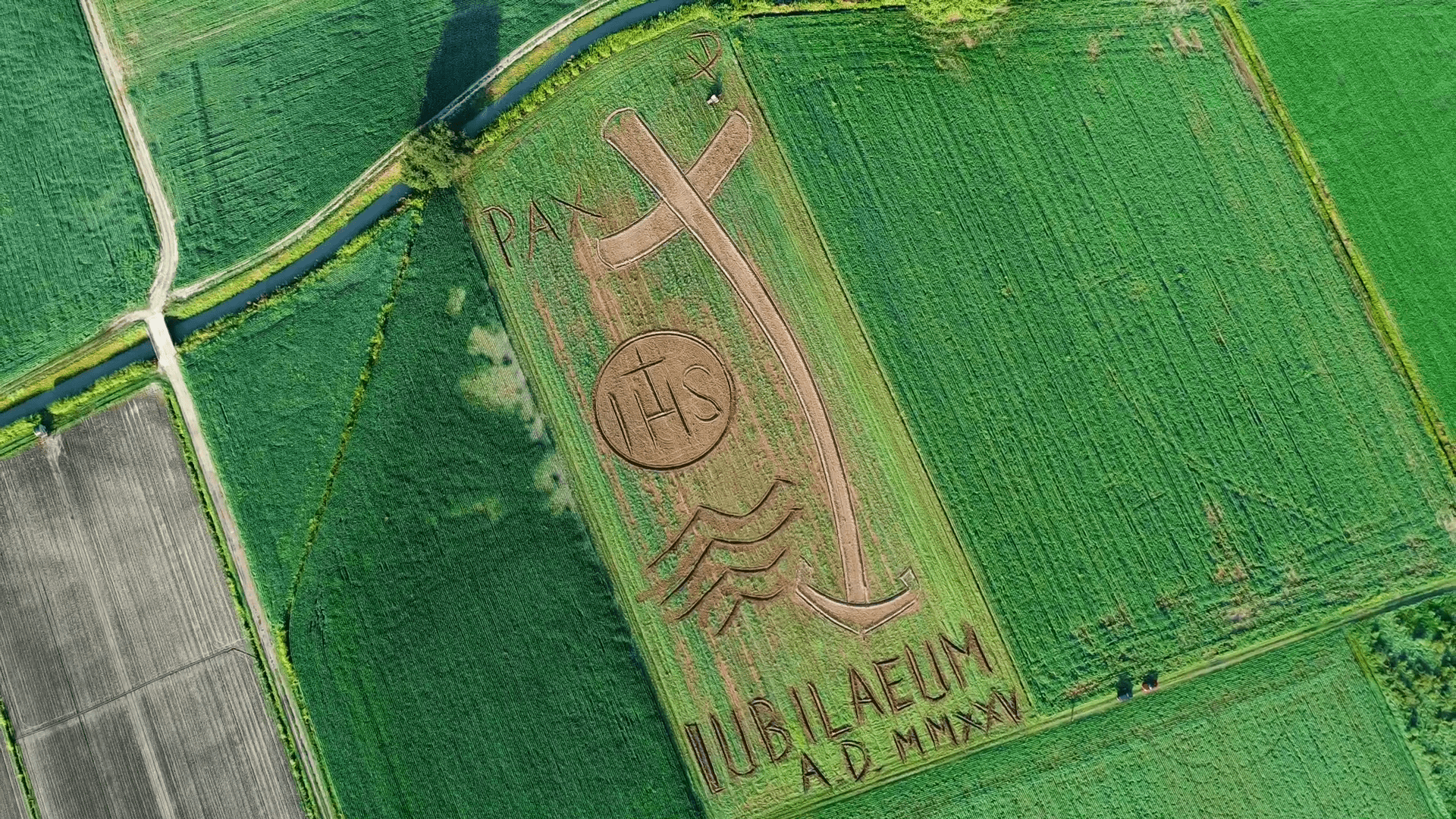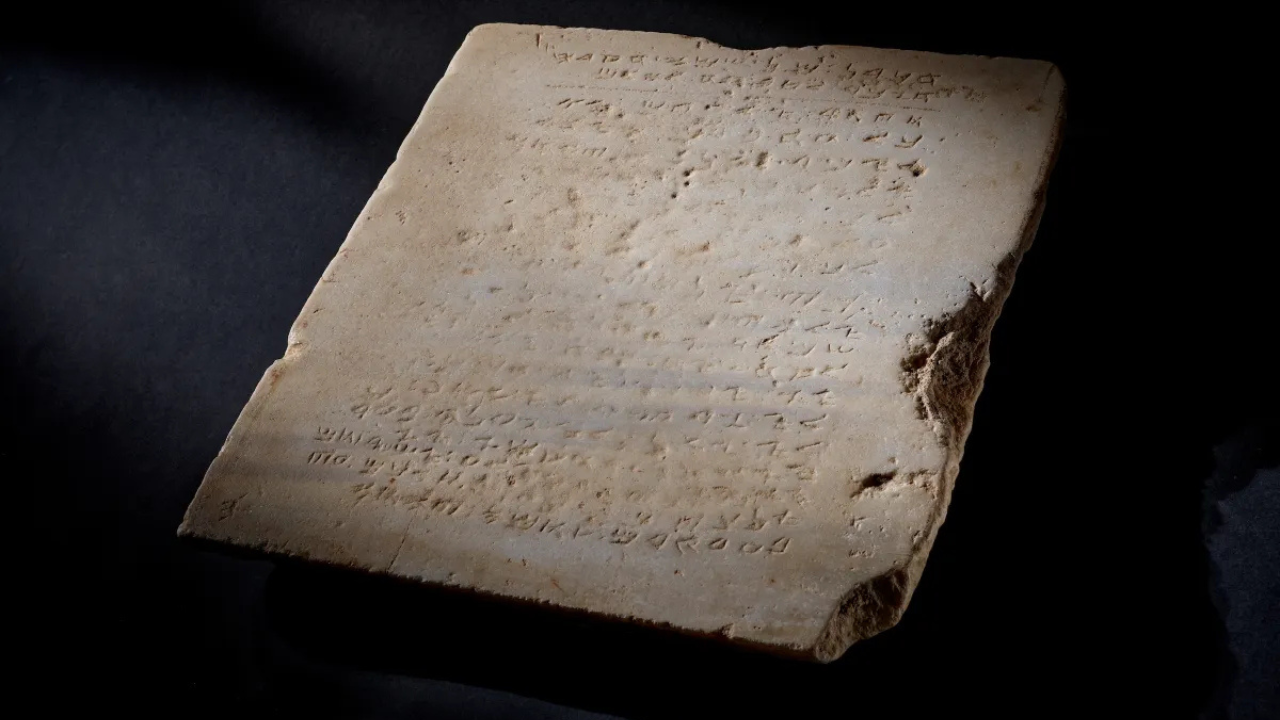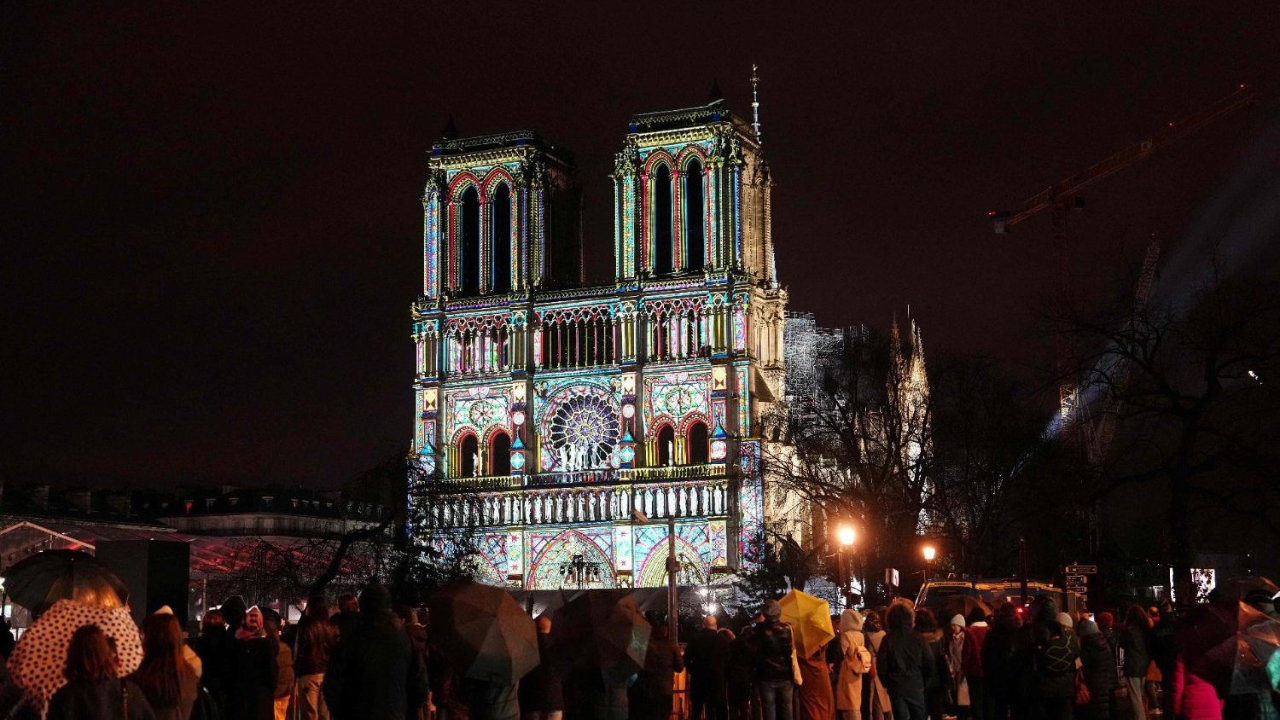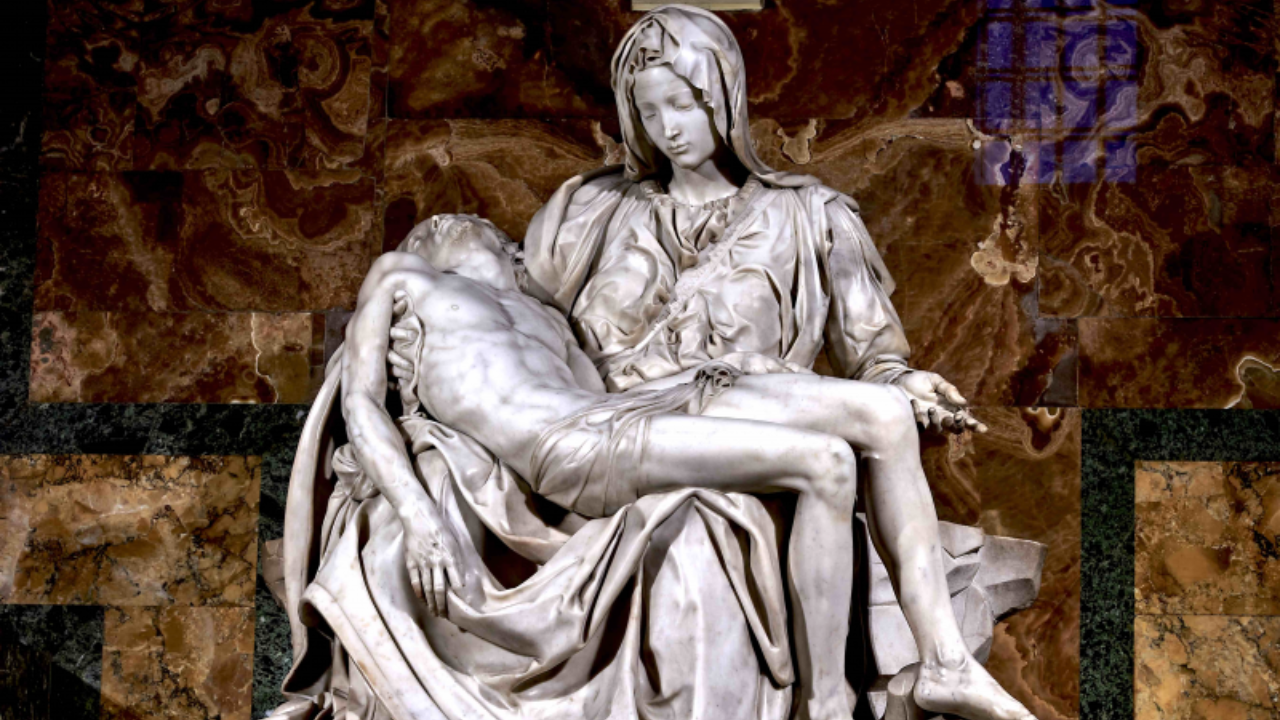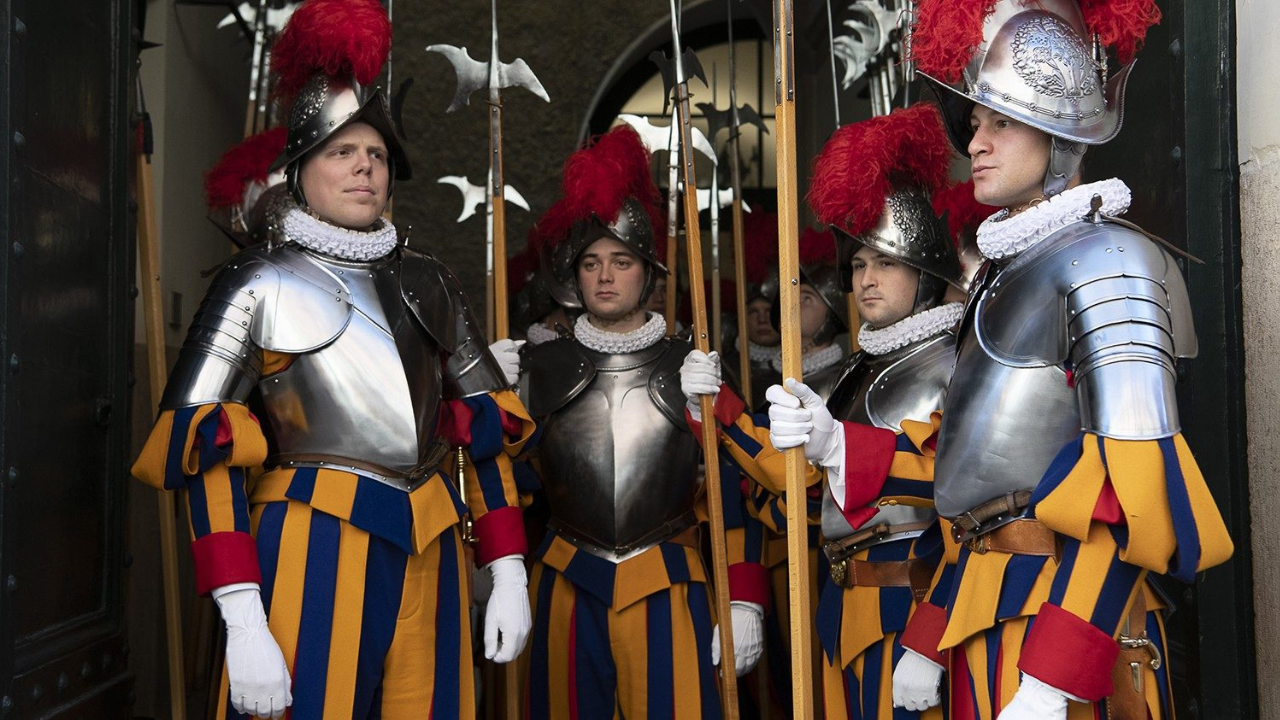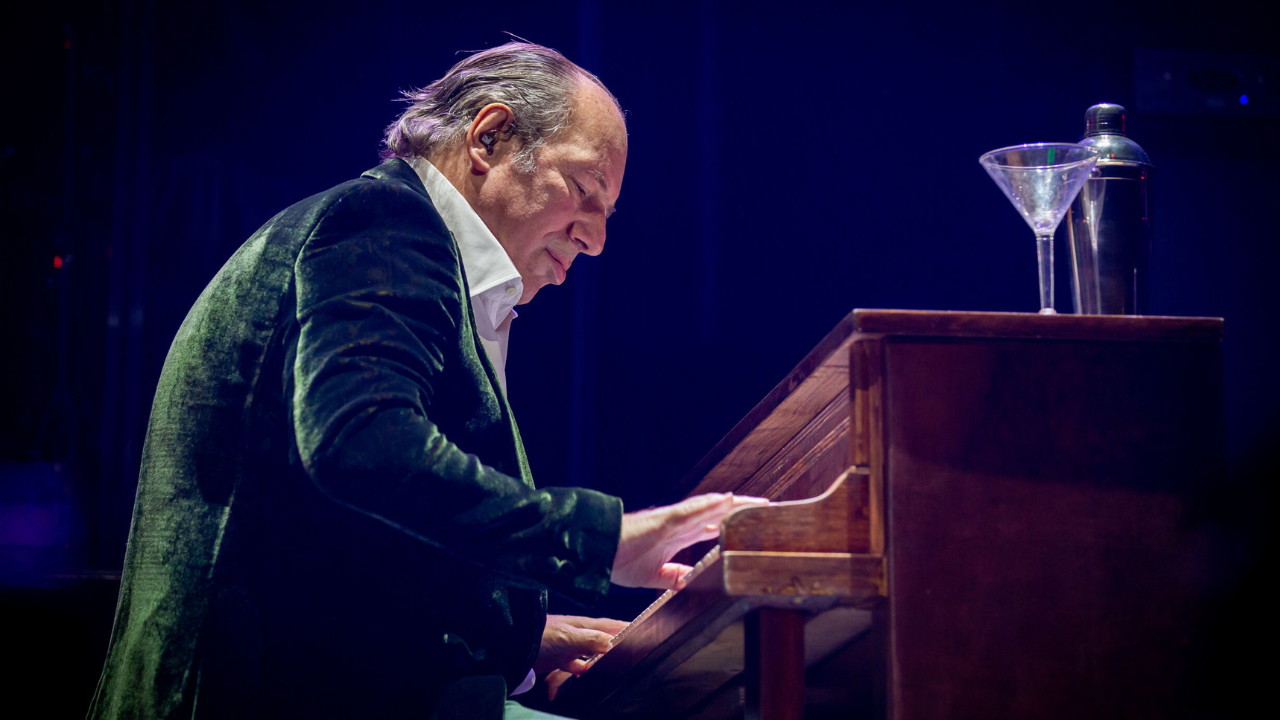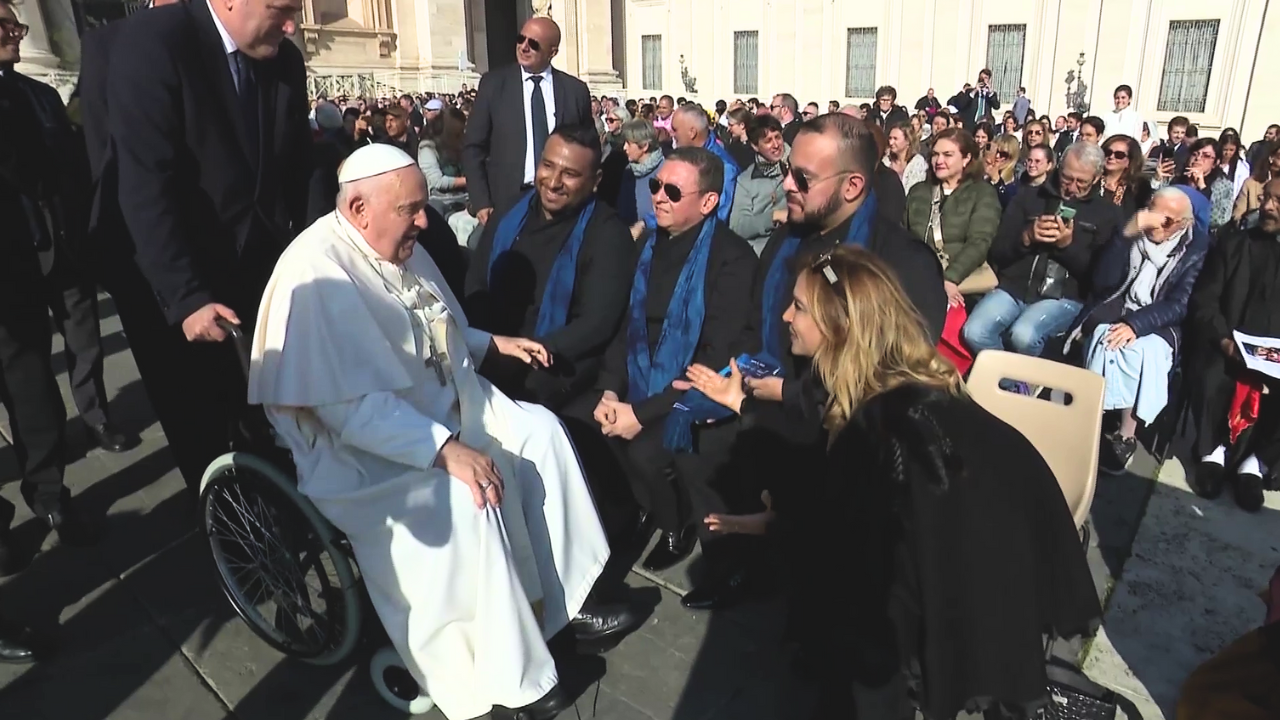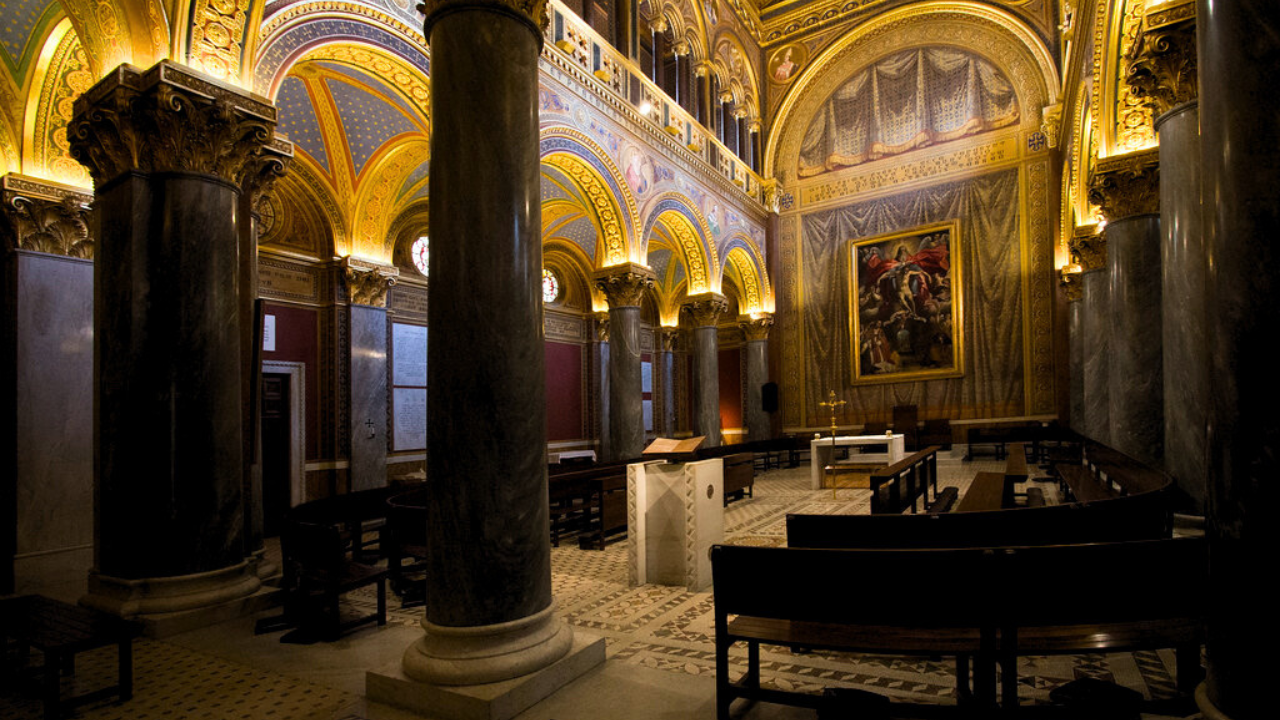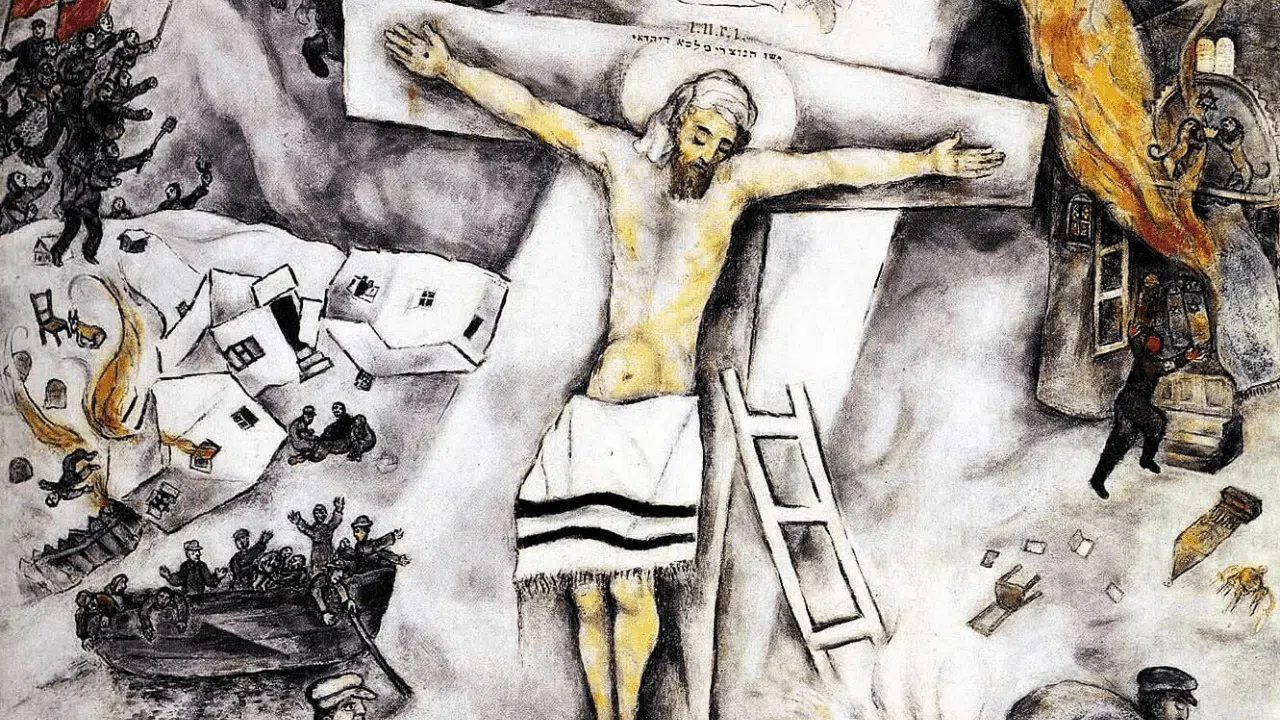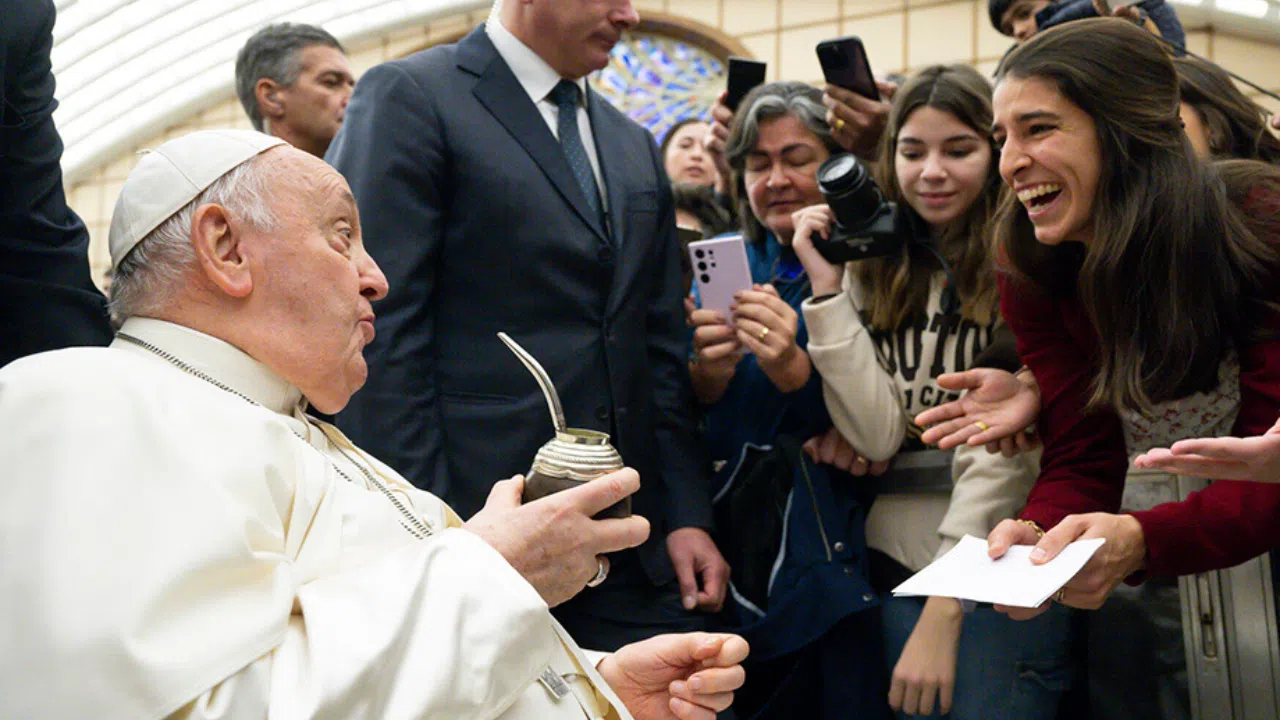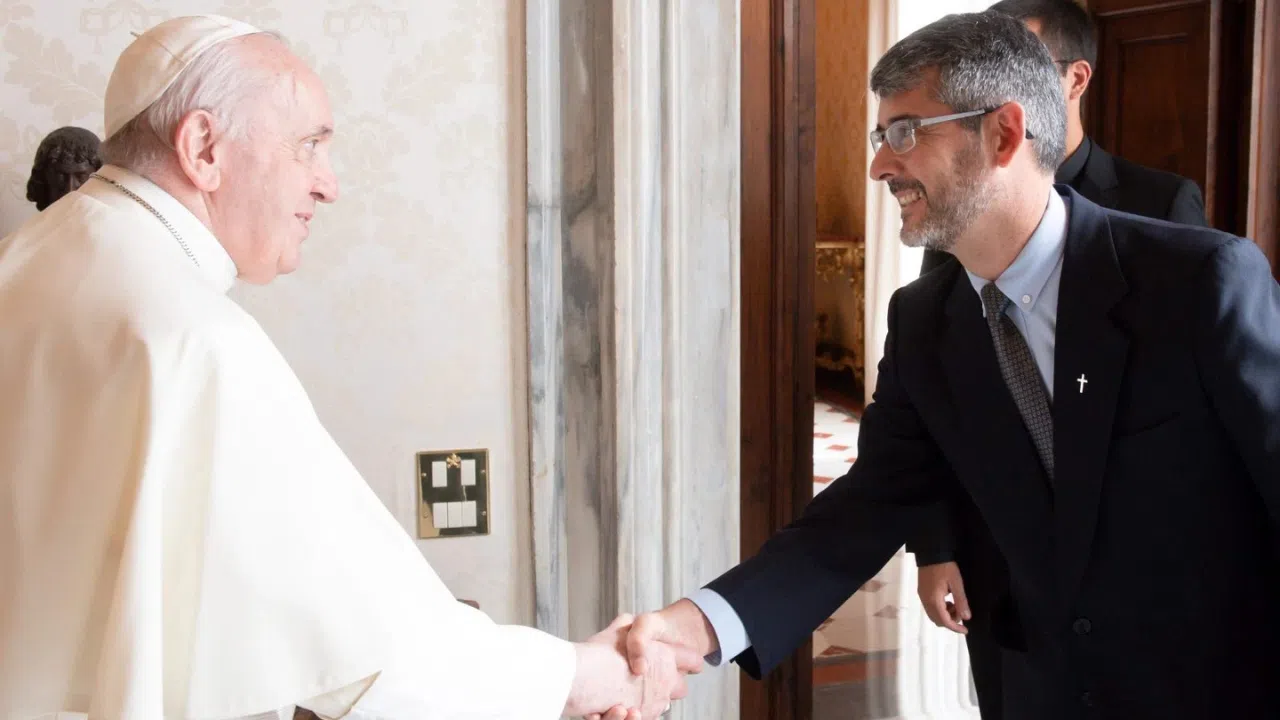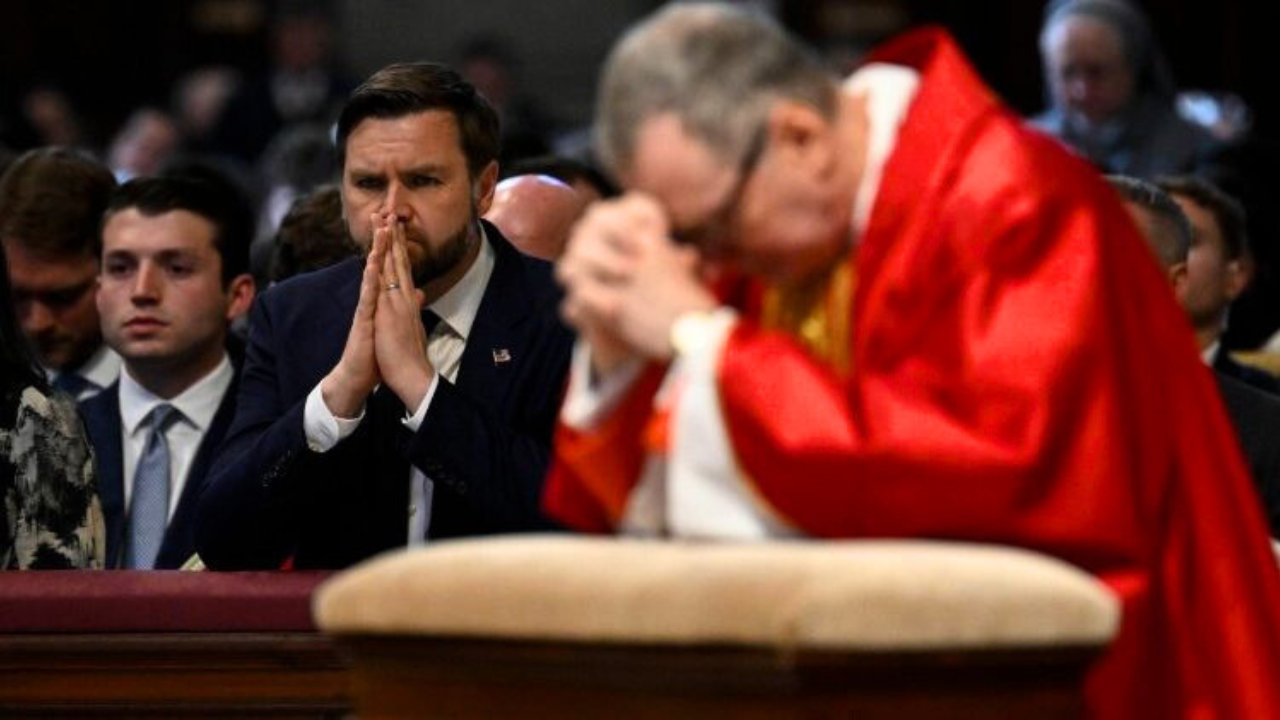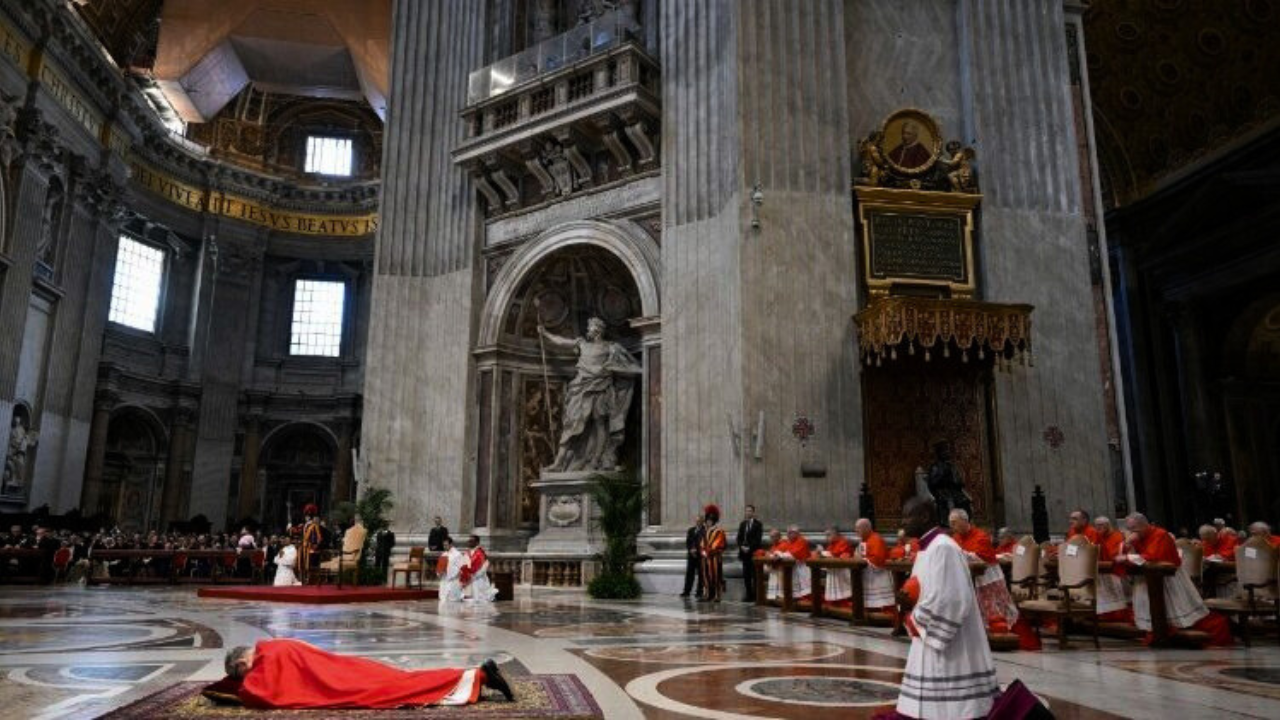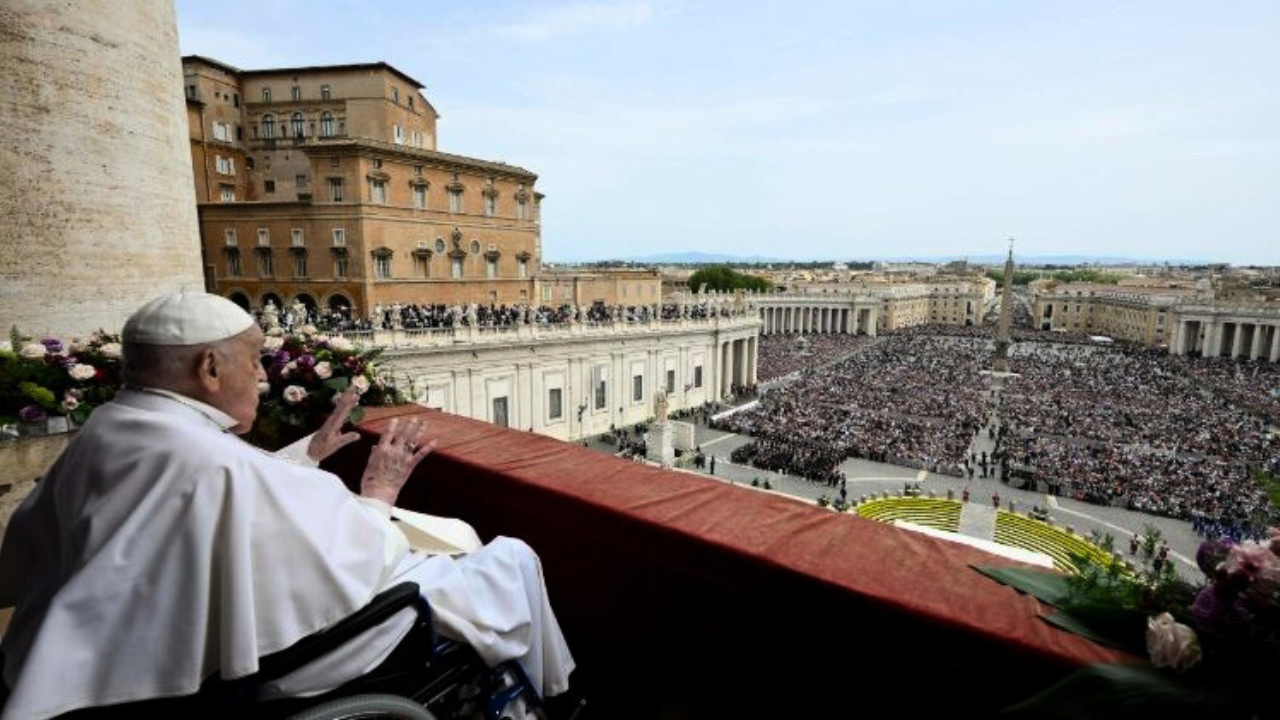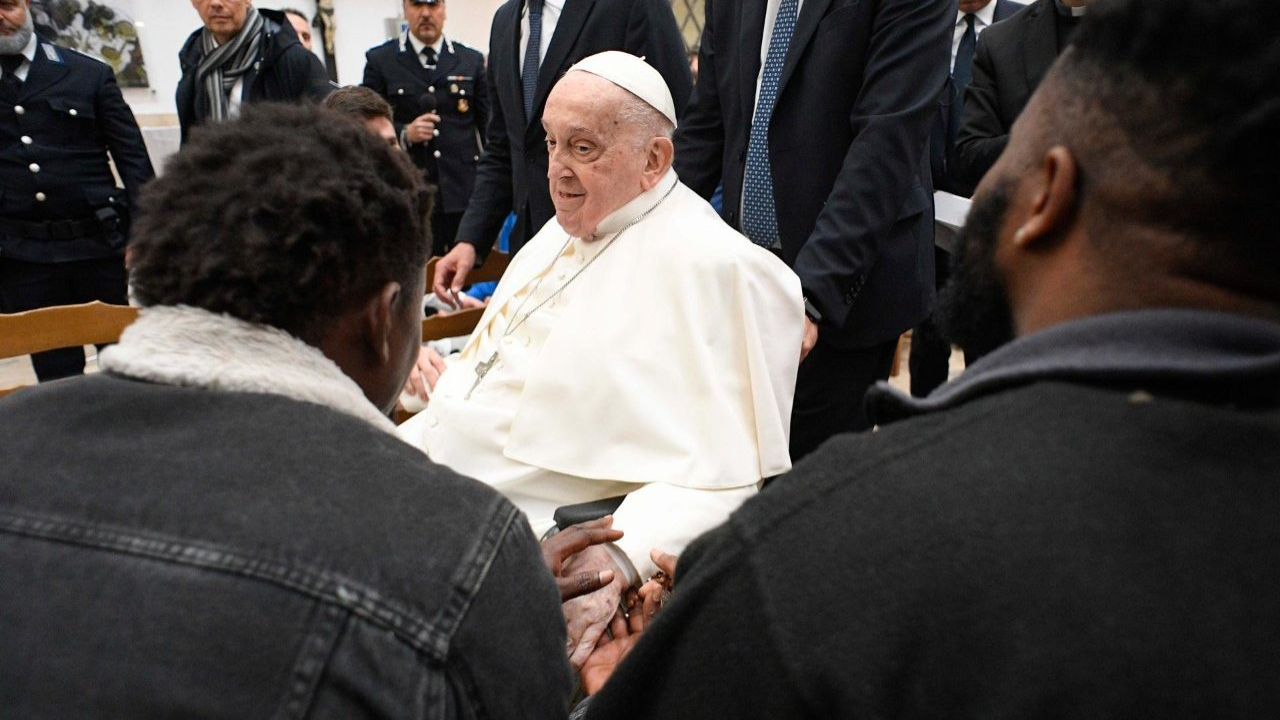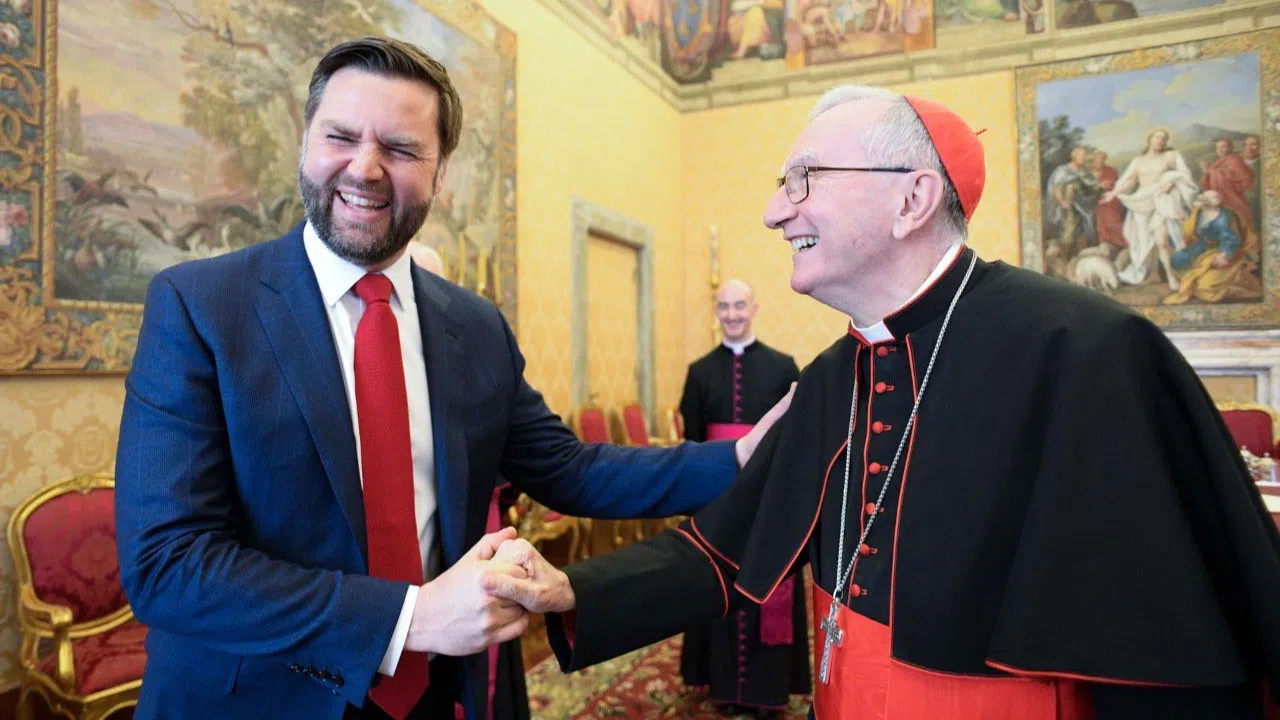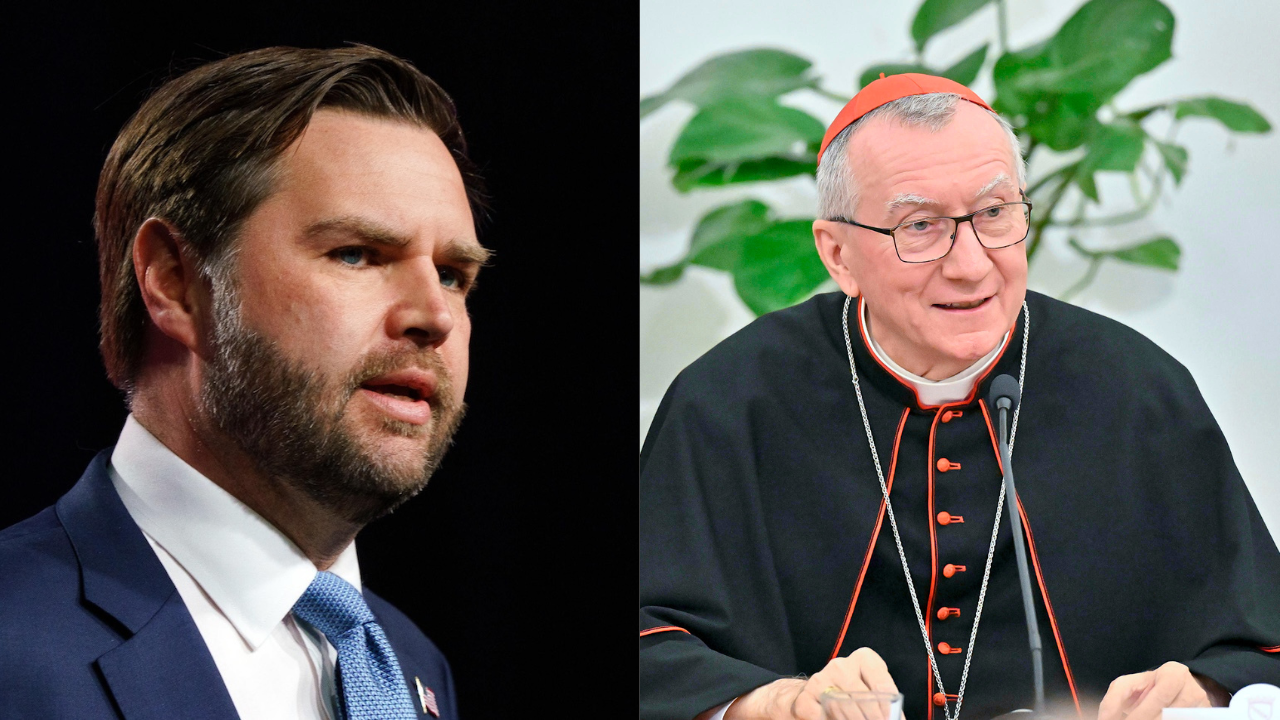It once seemed impossible that Michelangelo's Moses could look any better, but now it is simply impressive. Thanks to a new light, it has returned to the original way in which Michelangelo himself conceived it.
FRANCESCO PROSPERETTI
Archaeological area of the Colosseum
'We are talking about innovative work. Beyond restoration and conservation, we have faced an issue as important as neglect: the perception of the work through light.'
Rome stole the light from Moses. The urban demands of city in constant expansion forced it to be built around the basilica. Thus, the window that illuminated this masterpiece was covered. Moses looks to the side because he is searching for a non-existent source of light. Now, perfectly concealed LED light bulbs have been installed.
ANTONIO FORCELLINO
Restorer
'We knew that there was a window to which Moses turned his face, and it seemed to us something unexplainable from the technical point of view, but Michelangelo did it because at that moment the light had a great value as a symbol of the direct relationship with God'.
A thorough cleaning has also been carried out so that the marble, selected in Carrara by Michelangelo himself, could shine like its early days. It was the first time in 15 years that the sculpture was subjected to such cleaning.
In 1505, Pope Julius II asked Michelangelo to build his tomb that would be in the basilica of St. Peter. After many changes, however, the sculptural ensemble ended in another Roman basilica, St. Peter in Chains.
A basilica in which this Christian relic is also preserved, the chains that were once used to imprison St. Peter in Jerusalem. The tradition states that in the IV century, when Leo the Great put them next to those that retained to Peter in theprison Mamertina of Rome, both parts miraculously united. AC/JC MG SV -PR Up:AC
